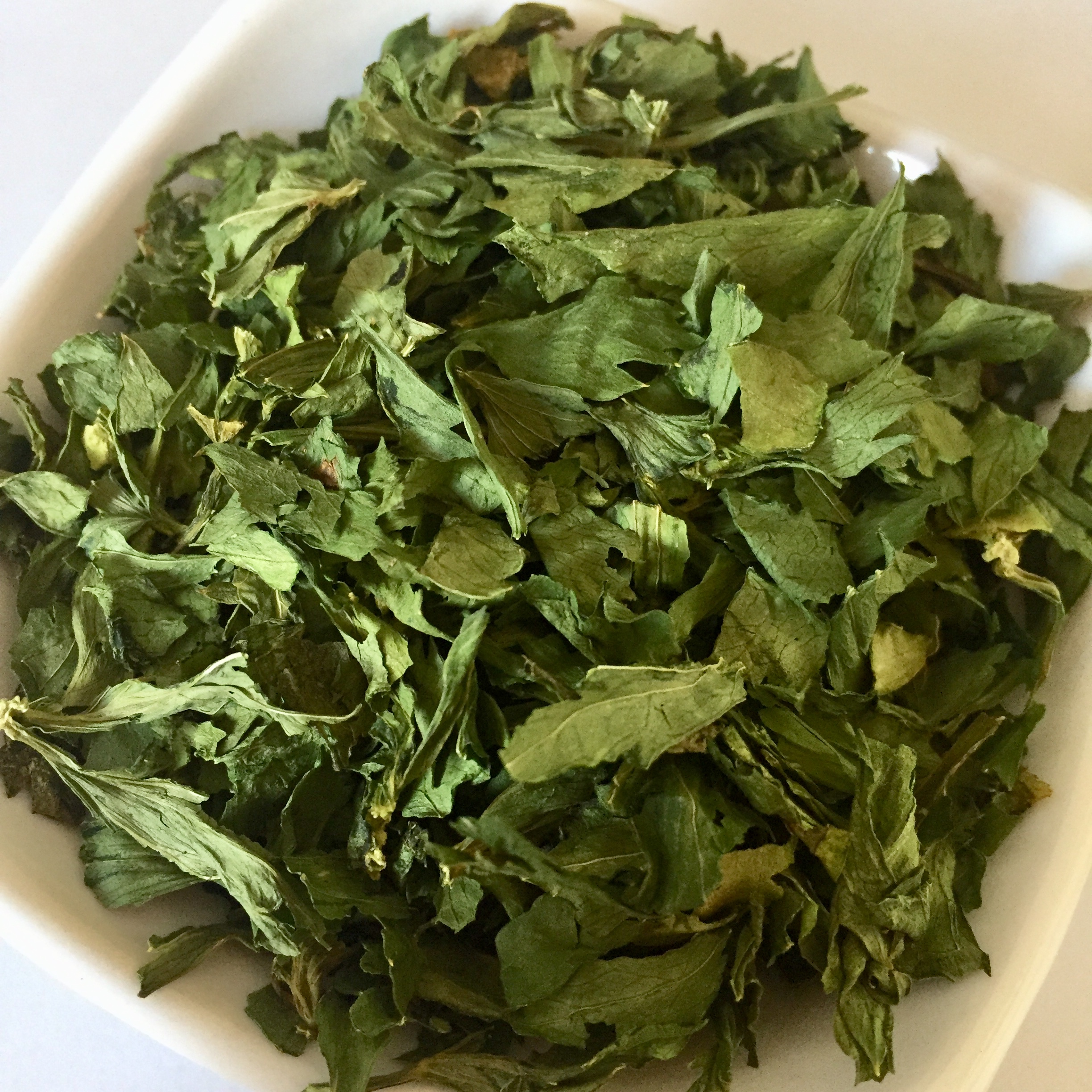Celery dried leaves Apium graveolens Seeds in Bulk packaging Shipped in 20″ FCL Container
Login to view prices
Common name: Celery
Latin name: Apium graveolens L
Family: Apiaceae (Umbelliferae)
Other names: Arabic: Karfas, Karafs; Czech: Celer; German: Sellerie, Eppich; English: Celeriac; French: Céleri ; Spanish: Apio; Swedish: Selleri
Description:
Apium graveolens L, the common celery, is a hapaxanthic herb, grown as a biennial and, unde certain conditions, as an annual.
From the beet-like tap-root (the uppermost part being a shoot) with its fibrous sideroots rises an aerial stem, 2 to 3 ft. high, branched and leafy, which bears compound umbels of small white flowers. The small fruit (or seed, as it is called commercially) consists of an ovate, dark brown cremocarp.
Possessing a characteristic, agreeable odor and a warm, aromatic, somewhat pungent taste, it is employed as condiment in the flavoring of food products. The seed also serves as birds’ food. The volatile or essential oil distilled from celery seed is used extensively for flavoring purposes.
Botanical Origin:
Common name: Celery
Latin name: Apium graveolens L
Family: Apiaceae (Umbelliferae)
Other names: Arabic: Karfas, Karafs; Czech: Celer; German: Sellerie, Eppich; English: Celeriac; French: Céleri ; Spanish: Apio; Swedish: Selleri
Description:
Apium graveolens L, the common celery, is a hapaxanthic herb, grown as a biennial and, unde certain conditions, as an annual.
From the beet-like tap-root (the uppermost part being a shoot) with its fibrous sideroots rises an aerial stem, 2 to 3 ft. high, branched and leafy, which bears compound umbels of small white flowers. The small fruit (or seed, as it is called commercially) consists of an ovate, dark brown cremocarp.
Possessing a characteristic, agreeable odor and a warm, aromatic, somewhat pungent taste, it is employed as condiment in the flavoring of food products. The seed also serves as birds’ food. The volatile or essential oil distilled from celery seed is used extensively for flavoring purposes.
Range & Habitat:
Celery, Apium graveolens L, is native to North America, South America and to Eurasia; as a wild plant it preferws NaCl and, therefore, grows in coastal regions. Although extensively cultivated as a vegetable, the dried ripe fruit are produced as a spice in the People’s Republic of China, France, India, Italy, Pakistan, the United States, and Great Britain.
The reported life zone of celery is 5 to 27ºC with an annual precipitation of 0.3 to 4.6 meters and a soil pH of 4.2 to 8.3. The plants thrive in deep sandy or loamy soils but require irrigation because of their shallow root systems. Plants are seeded or transplanted, and the compound white umbels, cross-pollinated by insects, are developed in the second year. Harvested plants are allowed to dry and are then threshed to remove seeds.
Planting & Cultivation:
Celery is planted by seed in nurseries during July and August. Late in the fall, before cold weather sets in, the young plants are transplanted into open fields.
Harvesting and Preparing for the Market:
The harvest takes place the following August and lasts about eight days. The plants are collected in the early morning; after several hours of drying, the material is ready for threshing.
The crude seed, after threshing is submitted to winnowing and finally sifted into various sizes. The whole procedure results in a number of products:
- Large, selected seed.
- Small seed.
- Wastage (chaff, winnowings) of seed.
- Dried umbels and leaves, after seed has been removed.
- Stalks and leaves from the whole herb.
An essential oil is obtained from seeds or seed chaff (lower quality) by a process of crushing and steam distillation
Yield of seed per Acre:
The yield of celery seed is apparently not very large, and varies considerably. From 300 to 600 lb. per acre have been reported.
Export Markets:
We export our products to many countries all over the world. USA, France, Germany, China, Malaysia, Algeria, Morocco, Indonesia…etc
Quotation:
- Incoterms: FOB
- Quantity: one 20″ FCL Container Minimum
- Specification: 100% natural and Pure quality
- Documentation: COA, MSDS, TDS, GC Peaks
- Packaging: Bulk Packaging
- Payment terms: TT in advance to Our bank account
- Lead time: Shipping through 10 days from receipt of the payment.
- Sea Shipping Time: 35 days
- Air shipping time: 10 days
Quality Certificates:
- ISO 9001-2015
- ISO 22000-2005
- GMP accredited by AQC Middle East FZE
- KOSHER Certificate
- Halal Certificate
- ORGANIC Certificate accredited by CERES GmbH Germany
- NOP Certificate accredited by CERES GmbH Germany
- Egyptian Ministry of Health Permission
Contact us please to receive other supporting documents for our Oils :
- COA
- MSDS
- TDS
Branding Services
We also can do customized packaging for you to pack whatever size you like. We can help in designing labels, selecting good packets or bags. We deliver integrated solutions under your brand..
Organically Certified product Available upon request
Additional information
| Weight | 12000 kg |
|---|---|
| Dimensions | 610 × 244 × 259 cm |
| Country of Origin | Egypt |
| Ship from | Egypt |
| 20 Container Capacity H | 8000 kg |
| Herbs Packaging | PE bags 25 Kg, PE Bags 50 kg, Paper Bag 25 kg, Paper Bag 50 kg |
| Cultivation Type | Organic, Conventional |
| HS Code | 09109990 |
| Custom Branding & Packaging | Yes, OEM Custom banding, designing and packaging are available for that product |
| Herbal OEM Packaging | Kraft Bag, Kraft Bag with transparent window, Kraft bag with open side, Glass Jar, Glass jar Spices with holed lid, Tea bag, Tea bag with paper bag, Tea Cylinder packaging, Tin Packaging |
| Documentation & Certifications | Allergen Free Certificate, Bovine Spongiform Encephalophathy (BSE) Certificate, GMO Certificate, GRAS Status Statement, Herbal Origin Statement, Organic Certificate, Pesticide Residual Certificate, Halal Certificate, KOSHER Certificate, Researches & Studies, Certificate of Analysis (COA), Technical Data Sheet (TDS) |
-
Login to view prices
Dried Zucchini Courgette field pumpkin Cucurbita pepo in bulk packaging
Login to view prices Read more -
Login to view prices
-
Login to view prices
-
Login to view prices
-
Login to view prices
Fenugreek Seed Trigonella-Foenum in Bulk packaging Shipped in 20″ FCL Container
Login to view prices Read more -
Login to view prices





